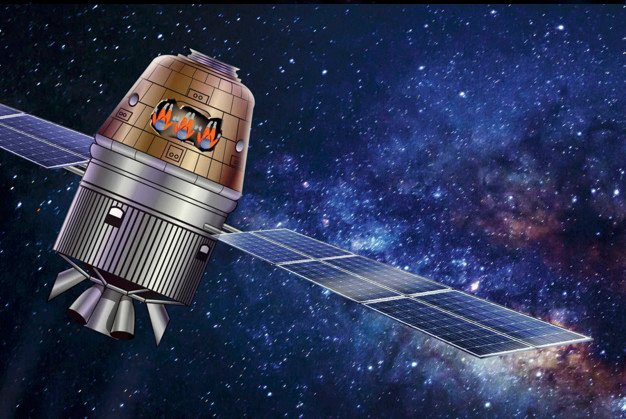9 Different Types of Satellites launched by ISRO
A” satellite” is a man-made object that revolves around a planet or any celestial body in space launched into space by men itself. Technically speaking, a satellite is a machine that orbits around any planet or star. These are launched into space by scientists for specific jobs. We can also call Earth as a satellite […]
Read MoreSmallest Countries in the World by Area & Population
It is surprising to know that there are countries which are smaller than the parks in a city. The population of the country is much less than a society in any metropolitan city. The smallest country in the world in area, as well as the community, is Vatican City. It has a total area of […]
Read MoreHistory of Indian Space Research Organisation [ ISRO]
ISRO History : After gaining independence from British occupation in 1947, Indian scientists and politicians recognised the prospects of rocket technology in both research and development, and for defence applications. Visionaries such as Dr Vikram Sarabhai, Homi Bhabha set about establishing a space research organisation after recognising the need for the country’s independent space capabilities, and […]
Read MoreLiving things and non living things
In our day to day life, we come across a variety of things that we do not tend to notice. Our planet ‘Earth’, in which we live itself surrounded by plenty of varied ‘things’ or ‘species’. These “things” comprised of two basic types–“ Living” and “Non-living”. Each of these types is entirely different from each […]
Read MoreHistory and Origin of Caste System in India
Origin of Caste System in India Many hypotheses are circling the origin of the caste system in India. The religious theory claims that the castes were created from the body of the Brahma, the creator God. Brahmanas from his naval; Kshatriyas from his hands; the Vaishyas from his thighs and the Sudras from his feet. […]
Read MoreWhat is Diatomic Element? What Are the 7 Diatomic Elements?
A diatomic element is an element in the periodic table, in which a molecule of an element which consists of two atoms bonded together. The diatomic elements are the – ine halogens (i.e. fluorine, chlorine, bromine, Iodine) and elements with a –gen ending (i.e. hydrogen, oxygen, nitrogen). Almost 99% of the Earth’s atmosphere consists of diatomic molecules (nitrogen and […]
Read More







